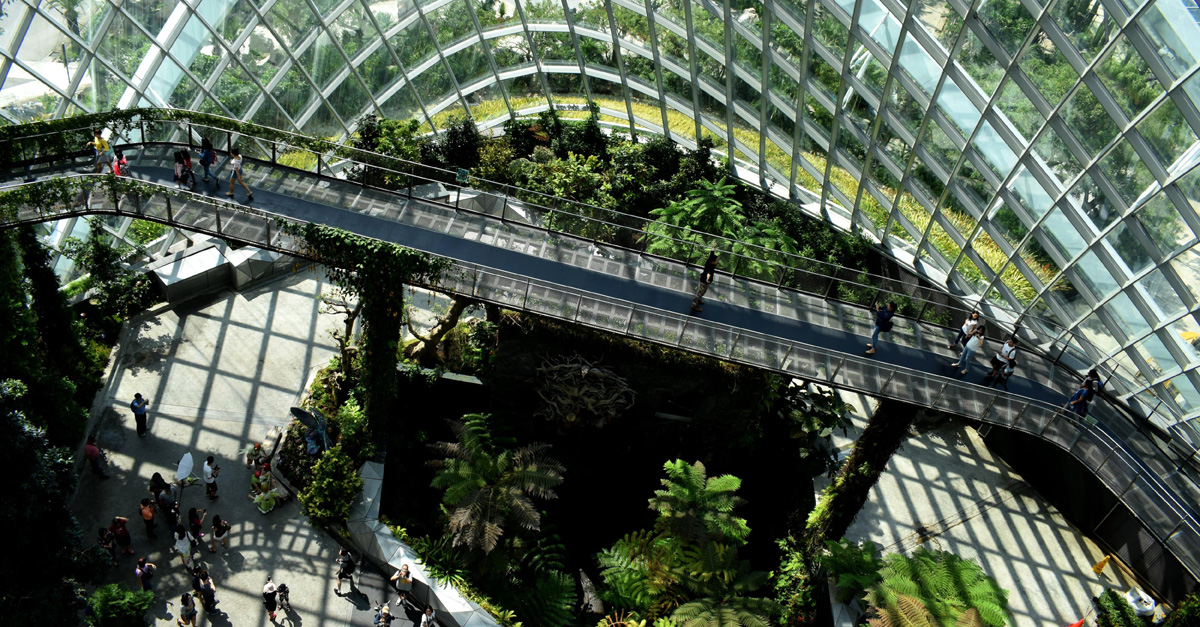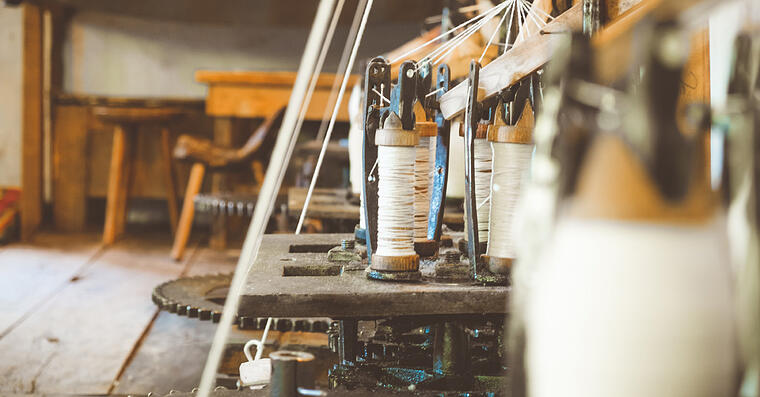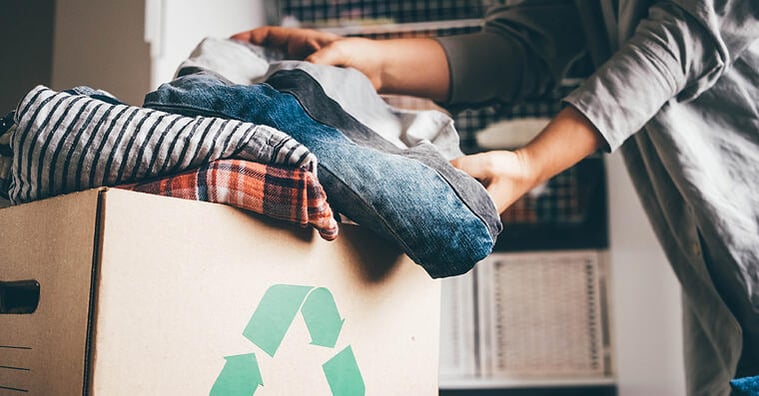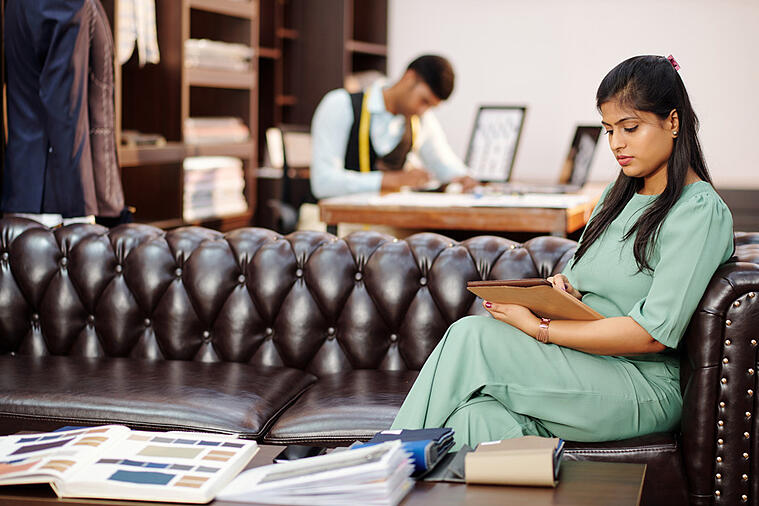
How 3D fabric textures drive sustainability
Published by Admin on
Dec 9, 2022 5:45:58 PM
Digital fabric technology can have a wide-reaching effect on the industry’s environmental impact.
To produce one tonne of fabric, textile mills use 200 tons of water. 10% of global greenhouse gas emissions are from the production of clothing and footwear. According to research published by the World Economic Forum, 85% of all textiles end up in landfills around the world.
Looking at these statistics, it's easy to see why the textile industry is working hard and searching for solutions to become more sustainable. A sustainable approach that cares for people, the planet and profit ultimately lead to improved performance and a healthier natural environment.
This is where technology can be of great help. Twinbru bridges both worlds and brings fabrics into the tech space, showcasing how fabric digital twins can drive sustainability.
Solving a challenge for fabrics
Sustainability is the consideration of the environmental and social impact of our actions and a powerful driver for change, innovation, and opportunities for new growth. The key for industries adopting sustainable business practices is to focus on issues strategically important to them. For textiles, it’s reducing waste and creating a much healthier life cycle for products.
Bru Textiles is strategically moulding its business vision and evolving its sustainability actions according to the UN Sustainable Development Goals or SDGs that aim to create a better, safer environment for all by 2030. As the digital business within Bru, Twinbru is part of the mission to become a Forever Company. This means creating a positive impact and delivering change to ensure a sustainable future for generations to come.
So, what does Twinbru contribute that is innovative, reduces waste and boosts sustainability? With 3D fabric textures.
It may seem like a small thing but digitising fabrics plays a big role in making designing, prototyping, marketing and selling more sustainable while also increasing the scope of product development and market reach where fabrics are used.
Let’s go digital
As the name indicates, a 3D fabric texture is a digital replica of a physical fabric. These fabric textures have a variety of applications for different businesses. We believe that we can make a large contribution to sustainability by re-inventing samples in our industry. Within the next three to four years, we expect to significantly reduce the carbon waste associated with physical samples.
A growing problem at the design stage of any type of manufacturing where textiles are required is unregulated levels of textile waste from off-cut fabrics. Additionally, fabric samples sent to and fro in the prototype phase also eventually end up in a landfill. By using 3D fabric textures, waste is drastically reduced by complementing digital design and prototyping processes with high-quality, photorealistic digital representations of the fabric, thus eliminating the need for samples.
Transport contributes to the carbon footprint of the industry. When minimal samples are created and the need for shipping is cut down because of 3D fabric textures, the carbon footprint reduces as well. Another advantage of going digital is being able to improve the accuracy of calculations for materials required to minimise waste. Together, all these actions contribute to more responsible production and consumption of fabric.
Saving time and money
Every business wants to be as efficient as possible to maximise their returns. With 3D fabric textures, saving time and money can also directly improve sustainability.
For design, it’s much cheaper and faster to communicate creative ideas digitally. It also reduces errors and effectively creates marketing content that can be used multiple times. If fabric wholesalers switch to digital catalogues, it opens up their market reach with online communication and e-commerce opportunities. By working with digital prototypes, time is saved on physically creating pieces of furniture for design assessment or marketing purposes.
With time and funds saved from this digital switch, efforts can be focused on adopting more sustainable practices. Even for us in the fabric business, as we innovate and evolve into digital, we are striving to rationalise the number of sample books we produce and will continue to develop our digital offering.

Sustainability is for everyone
Whether you’re a small business of just one designer or a large business of multiple fabric warehouses with many employees, sustainability is everyone’s responsibility. Every business has the responsibility of assessing the effect it has on society and the environment.
Innovations like 3D fabric texture technology can and will enhance your sustainability strategies. Whether you adopt it to improve your operational systems or improve your bottom line, or you simply want to expand into international markets, there are obvious business performance advantages. There are also many benefits of joining a global consciousness movement of operating in a way that helps our planet and preserves the natural environment for generations to follow.
Sure, it’s business but it's business working smarter and sustainably. Partner with us and be part of the future-driven change.
Tags:
Sustainability,
Digital Fabric Twins,
Interior Concepts,
Manufacturing,
3D Fabric Textures,
Prototyping